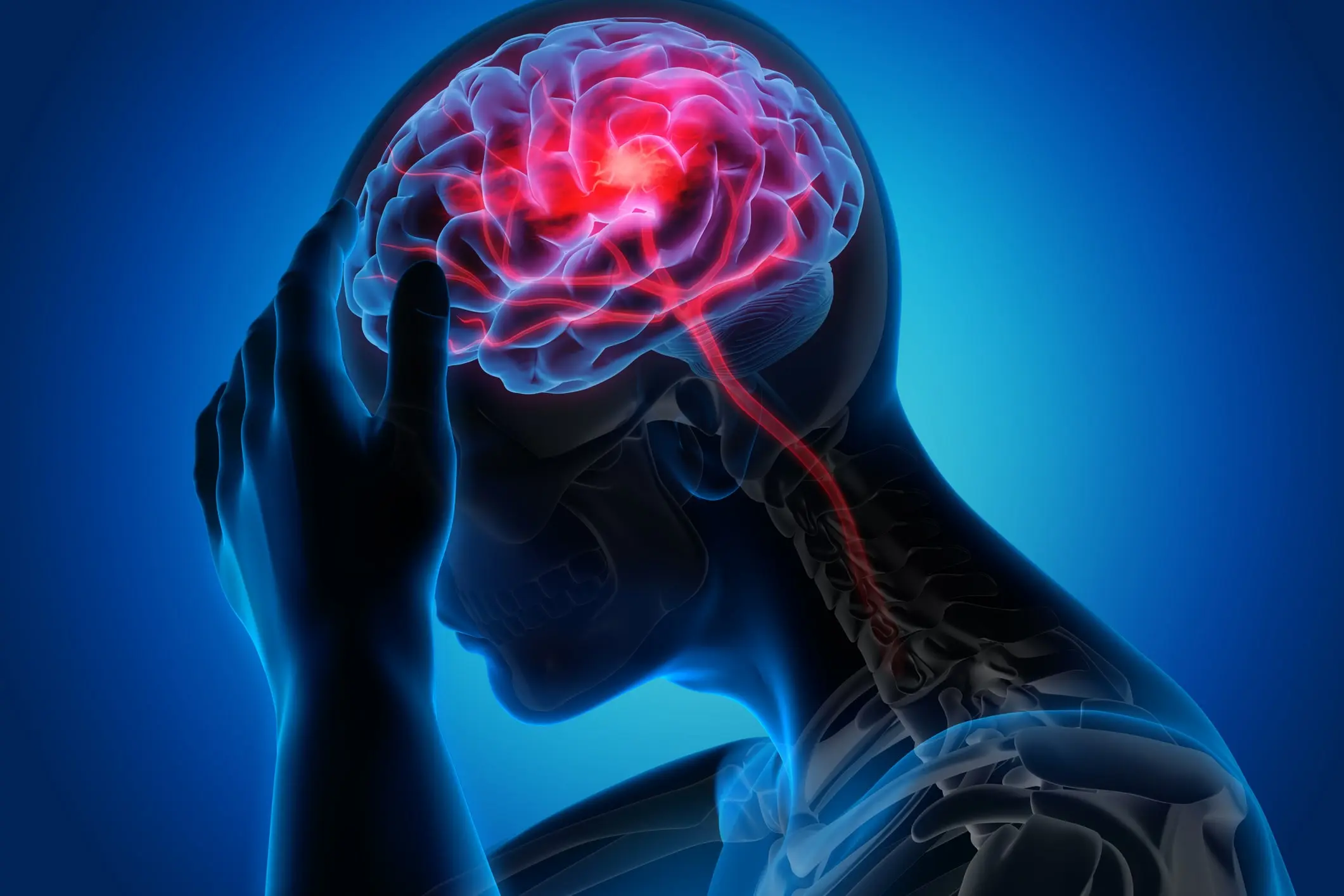When it comes to quitting marijuana after regular heavy use, it can lead to a difficult withdrawal period, complete with physical and psychological symptoms. However, understanding the typical marijuana withdrawal timeline and getting proper support can help you push through the discomfort.
Withdrawal symptoms tend to peak in severity around 2-6 days after quitting and last for up to 2 weeks, though some effects like cravings and sleep problems may persist longer.
Education and compassionate support are critical for understanding what to expect and successfully moving through withdrawal on the path to recovery from marijuana addiction.
Cannabis Dependence
Regular use of cannabis, irrespective of the social setting, and starting its use at a young age (11-15 years) are factors associated with cannabis dependence. Stress factors and critical life events, as well as comorbid mental disorders, have also been linked to the development of cannabis dependence.
- Prevalence: In 2019, over 43 million Americans used marijuana, with 35% exhibiting signs of problematic use like unsuccessful attempts to quit or impairment in daily activities1.
- Risk factors: Frequent or heavy use, underlying mental health conditions, and initiation of regular use before age 18 can increase susceptibility to marijuana dependence and a more severe withdrawal timeline when quitting.
👩🏾⚕️
Marijuana Withdrawal Timeline
- 1-3 days after last cannabis use: The timeline of symptoms begins. This period is typically characterized by anxiety, cravings, and mood instability.
- Next few days: Flu-like symptoms such as fever and headaches start to appear.
- Weeks or longer: Sleep disruption, appetite changes, and some psychological symptoms may persist.
- 2-6 days: The overall intensity of the symptoms peaks.
- 1-2 weeks: Symptoms start to improve.
- Months after quitting: Most physical symptoms should have subsided. However, psychological effects such as cravings or mood swings may still occur occasionally. It’s also a time of adjustment as the individual learns to navigate life without the influence of marijuana. Regular exercise, a healthy diet, and counseling can be beneficial during this period.
Marijuana Withdrawal Symptoms
We understand that deciding to quit marijuana can be a challenging journey, and it’s important to know what to expect. Withdrawal symptoms can vary from person to person, but there are common experiences many people share.
Symptoms of withdrawal can look like:
- Headaches
- Insomnia
- Vivid dreams and nightmares
- Loss of appetite, weight loss
- Nausea, fever, chills
- Sweating, especially at night
- Restlessness
- Mood swings, irritability
- Anxiety
- Drug cravings and urges to use marijuana
- Sleep problems during withdrawal from cannabis use are extremely commonplace, with the details of how abstinence impacts sleep being not well described, highlighting the need for a systematic review on this topic 2.
The Science Behind Marijuana Withdrawal
Marijuana withdrawal is a process that occurs as the body and brain adjust to the absence of THC, the active compound in cannabis that produces its characteristic effects. Here’s a closer look at what happens:
- Endocannabinoid System: Marijuana interacts with the body’s endocannabinoid system, which plays a role in regulating mood, appetite, sleep, and other functions. Regular marijuana use can cause this system to become less responsive, leading to withdrawal symptoms when marijuana use is stopped.
- Brain Chemistry: THC mimics the effects of naturally occurring chemicals in the brain. When marijuana is used regularly, the brain may reduce its production of these chemicals. During withdrawal, the brain must adjust to the absence of THC and increase the production of these chemicals, which can lead to symptoms like anxiety, irritability, and mood swings.
- Physical Symptoms: The body may also react to the absence of THC with physical symptoms like headaches, nausea, and changes in appetite. These symptoms are the body’s way of signaling that it’s adjusting to a change.
- Sleep Disruptions: THC affects sleep patterns, and regular use can lead to changes in the sleep-wake cycle. During withdrawal, individuals may experience insomnia or vivid dreams as the body readjusts its sleep patterns.
Understanding the science behind marijuana withdrawal can help individuals better navigate this process and seek appropriate support and treatment.
Marijuana Withdrawal Coping Strategies
Physical Coping Strategies
- Regular Exercise: Physical activity can help reduce withdrawal symptoms like anxiety and mood swings. It also promotes better sleep and overall well-being.
- Healthy Diet: Eating balanced meals can help manage changes in appetite and ensure your body gets the nutrients it needs during this time.
- Adequate Hydration: Drinking plenty of water can help alleviate symptoms like headaches and nausea.
Mental Coping Strategies
- Mindfulness and Meditation: These practices can help manage stress and anxiety, promoting a sense of calm and focus.
- Cognitive Behavioral Therapy (CBT): This form of therapy can help you understand and change thought patterns that lead to harmful behaviors, like drug use.
Emotional Coping Strategies
- Support Networks: Connecting with supportive friends, family, or support groups can provide emotional assistance during this challenging time.
- Professional Counseling: A counselor or therapist can provide strategies to manage mood swings and other emotional symptoms of withdrawal.
Remember, everyone’s experience with marijuana withdrawal is unique. What works for one person may not work for another. It’s important to find the strategies that work best for you and to seek professional help if needed.
Cornerstone Offers Holistic Treatment for Marijuana Use Disorder in Arizona
Effective Treatment Options for Marijuana Addiction
Inpatient Treatment
Inpatient or residential treatment for marijuana addiction provides a structured environment where individuals can focus solely on their recovery. These programs offer 24-hour medical and emotional support, and typically include a combination of individual therapy, group counseling, and educational sessions about addiction and recovery. The goal of inpatient treatment is to help individuals understand the root causes of their addiction, develop new coping strategies, and build a strong foundation for long-term sobriety.
Outpatient Treatment
Outpatient treatment programs for marijuana addiction offer similar therapeutic interventions as inpatient programs, but allow individuals to live at home and maintain their daily responsibilities. These programs can vary in intensity, from daily sessions to meetings a few times a week, and are often used as a step-down from inpatient treatment or for individuals with less severe addictions. Outpatient treatment provides ongoing support and education, while allowing individuals to apply their new coping skills in real-world settings.
Talk Therapy
Unfortunately, there aren’t medications that have been approved to alleviate often month-long marijuana withdrawal struggles; research shows targeted talk therapy empowers many to build motivation and healthy coping strategies that lead to success in quitting long-term cannabis dependence4.
Though evidence-based talk therapies build mental muscle and motivation, providing customizable symptom relief, lifestyle recalibration, and social support so quitters can write their own success stories in breaking free from dependence for good. More than grit, behavioral treatment gifts self-efficacy – the commitment and confidence that rehab from weed is possible on your timeline.
Cognitive Behavioral Therapy (CBT)
For those who are struggling through marijuana withdrawal, CBT restructures thought patterns to provide custom relief from agitation to insomnia while building skills for lifelong tranquility without substances.
By teaching introspective techniques, CBT empowers individuals to counter damaging thinking traps and cravings, stabilize mood despite discomforts, restore control over destructive habits, realign behaviors to personal values, and nurture mental well-being through tangible lifestyle changes that support optimal cannabis abstinence. Over 50% undergoing CBT acquire life-changing cognitive and emotional skill sets for pushing through withdrawal now and managing triggers and stressors positively long after attaining sobriety.
Hot baths, sleep hygiene tactics, exercise earlier in the day, meditation apps, melatonin, and approved sleep aids can help compensate for marijuana's disrupted sleep cycles.
Motivational Enhancement Therapy (MET)
Motivational Enhancement Therapy (MET) builds internal incentives for quitting marijuana without addressing withdrawal symptoms directly. Instead, MET employs compassionate listening to uncover the person’s deepest life values and vision for themselves. This fosters clarity around personalized goals, motivations and substance-free lifestyles aligned with their aspirations. Tangible changes then support sobriety like new hobbies, friends, growth opportunities and spiritual community. Though withdrawal causes discomfort, MET helps many find purpose and joy in sobriety, sustain cannabis abstinence and build the life they truly want.
From there, MET guides people to make tangible lifestyle changes to support sobriety and sustain control over cannabis use. This can mean finding new hobbies, making new friends, improving relationships, pursuing education or career growth, volunteering, or connecting to a spiritual community. The focus is shifting energy towards fulfilling, rewarding activities beyond just getting high.
While withdrawal undoubtedly causes discomfort, MET provides the internal and external tools so people can push through the pain to build the life they want. By finding purpose and joy in sobriety, many are able to sustain control and be freed from marijuana dependence for good.
Drink nutrition shakes/smoothies, eat smaller snacks, avoid heavy foods, stay hydrated, use ginger/mint teas, and engage in light exercise to stimulate hunger signals.
Contingency Management
Relapse Prevention
External Triggers
Internal Triggers
Cope Ahead Tactics
Building Lifelong Resilience
External triggers involve people, places, or situations that are tied to an individual’s past marijuana use and may spur drug cravings or addiction pathways even after months of abstinence.
Some common external triggers include social gatherings with friends where cannabis use regularly occurred, driving by a dispensary previously visited, smelling marijuana smoke in public, seeing paraphernalia like bongs or joints, and interacting with people who use it.
Internal triggers stem from within one’s mind and body, often arising as negative emotional states, stress reactions, or distorted thought patterns that open the door to relapse.
Some common internal triggers include feeling bored, restless, or purposeless, experiencing anger, anxiety, or depression, dealing with interpersonal conflict, facing significant life stressors, and believing occasional recreational use can be risky.
Calling a sponsor when experiencing cravings, talking openly about destructive urges, gaining outside accountability and perspective, being reminded that all cravings ultimately pass, having contingency plans for high-risk situations, identifying personal relapse danger zones, creating emergency action plan if caught off guard, pre-plan rewarding distraction activities, making lifestyle changes to manage stress without drugs, adopt regular healthy stress relief habits – exercise, nutrition, sleep, counseling, establish non-substance tools for emotional regulation, pursue a balanced, engaged lifestyle aligned to core values, finding purpose through community support, engage in meaningful activities and uplifting social connections, embrace valued roles and responsibilities, seek spiritual grounding or contribute skills to reinforce self-worth.
Having an emergency relapse prevention plan, identifying potential trigger situations, preparing coping strategies & support contacts in advance, recognizing lapses quickly and halting progression, daily commitment to growth and sobriety, self-care through healthy routines and lifestyle, pursuing learning, creativity, community contribution, continual personal development keeps focus forward, with self-care and support, freedom after quitting weed is achievable, seek social support and counseling when needed, practice self-compassion despite occasional setbacks, lifelong sobriety is a journey – persistence pays off
🔑Key takeaways
- Can you withdrawal from Marijuana? Yes, and it's really common when quitting after prolonged heavy cannabis use. Typical symptoms like insomnia, headaches, sweating, nausea, mood swings, and cravings peak around 2-6 days in and last around 1-2 weeks.
- On Withdrawal Timelines: Withdrawal symptoms typically start within 1-3 days of last use, peak around 2-6 days in, improve within 1-2 weeks total, though some effects like insomnia or cravings may recur or persist at lower intensity for months.
- Relapse Prevention: Avoiding post-withdrawal relapse requires identifying personal triggers, preparing emergency coping strategies, continually fostering self-growth through support communities, and making ongoing sobriety self-care an anchor of identity.
Consider Treatment for Marijuana Addiction
Overcoming marijuana dependence starts with a challenging withdrawal period lasting around 1-2 weeks, featuring physical and psychological symptoms like headaches, fever, insomnia, irritability, and drug cravings. Professional treatment and social support improve the odds of successfully quitting long-term.
Yet despite withdrawal difficulties, many cannabis users continue to use it for emotional regulation and socialization purposes5. This indicates treatment should promote healthy alternatives to meet those needs. Comprehensive support empowers many to push through withdrawal and sustain sobriety lifelong.
Options include medical detox, motivational counseling, peer groups, skills-building therapies, medication, and relapse prevention plans. While everyone’s path out of addiction differs, freedom from dependence is attainable through science-backed treatment, self-compassion, and communal understanding that we all struggle sometimes. Reaching out for help is the courageous first milestone in the recovery marathon!
At Cornerstone Healing Center, our dual diagnosis treatment center provides evidence-based programs for marijuana use. Through behavioral therapy, clients build skills for managing cravings, high-risk situations, and emotional triggers. Peer support groups provide community and encouragement. Please reach out today so we can help you through this journey!







